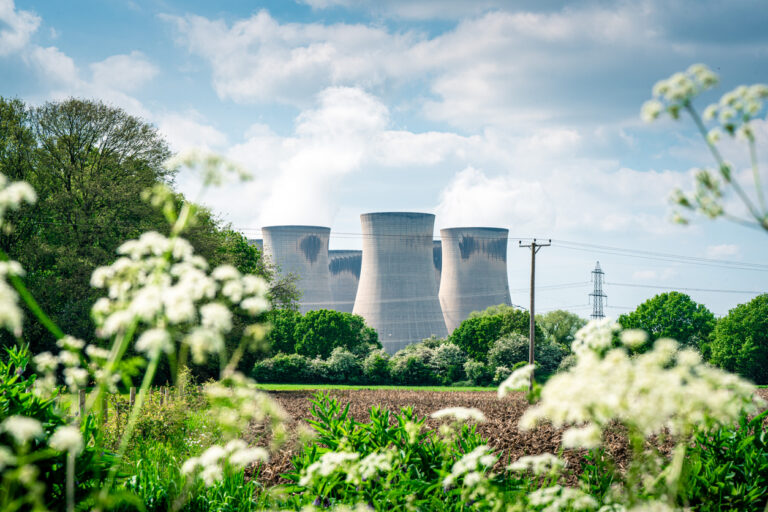The innovation race on geological carbon removal: who is best placed to lead?

Download
This report analyses innovation activity represented by patenting data for two carbon dioxide removal (CDR) technologies — bioenergy with carbon capture and storage (BECCS) and direct air carbon capture and storage (DACCS), referred to collectively as geological CDR — to shed light on the countries that might be best positioned to lead the market for relevant technologies to capture growth opportunities while supporting global climate goals.
Headline points
- While patenting and deployment of relevant technologies have been concentrated in the US to date, many European countries (e.g. France, Germany, the UK and the Netherlands) appear to be well specialised in geological CDR innovation.
- Countries that innovate in clean technologies more generally also generate large numbers of geological CDR innovations, but it is a largely different set of countries that are the most specialised in geological CDR innovation.
- Countries’ innovative strengths in geological CDR appear to be strongly tied to their previous efforts in other related fields, such as oil and gas, petrochemicals and conventional energy production from biomass.
- Early public investment in geological CDR innovation could unlock large returns through cost reductions and growing knowledge spillovers for other innovations.
- The countries with policy support for related investments will have an advantage when tapping into the growing global market for geological CDR.
Recommendations for policymakers looking at geological CDR as a potential industrial opportunity
- Policy support for geological CDR should be designed and allocated in a way that complements vigorous emissions reduction efforts.
- Relevant existing capabilities in other sectors such as oil and gas that are transferable into geological CDR should be recognised and capitalised on to build competitive domestic supply chains around related technologies.
- A policy mix designed to maximise growth opportunities from geological CDR should tailor support to the different maturity levels of the different technologies involved, considering direct innovation support for earlier-stage technologies alongside market-based mechanisms such as emissions trading schemes to support more established technologies.
- Policy support for geological CDR should exist within a comprehensive and coordinated national decarbonisation strategy, capturing complementarities with other areas such as carbon capture, usage and storage (CCUS).
Recommendations for UK policymakers
- Policy should be designed explicitly to retain more of the follow-on economic value from geological CDR innovation — in which the UK demonstrates notable strengths, especially in direct air capture (DAC) — maximising domestic jobs and supply chain opportunities from this growing industry.
- The UK’s industrial strategy for clean technologies and the forthcoming Greenhouse Gas Removal Review should nurture the country’s comparative advantages in geological CDR, and invest in necessary infrastructure and skills, given the country’s relatively high innovative specialism — especially in DAC — as well as its geological and policy strengths.
This report is a partnership between the CO2RE Hub at the Smith School of Enterprise and the Environment at the University of Oxford and the Grantham Research Institute, the Centre for Economic Performance (CEP), the Programme on Innovation and Diffusion (POID) and the Productive & Inclusive Net Zero (PRINZ) programme at the London School of Economics and Political Science (LSE).

